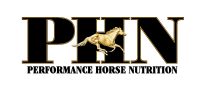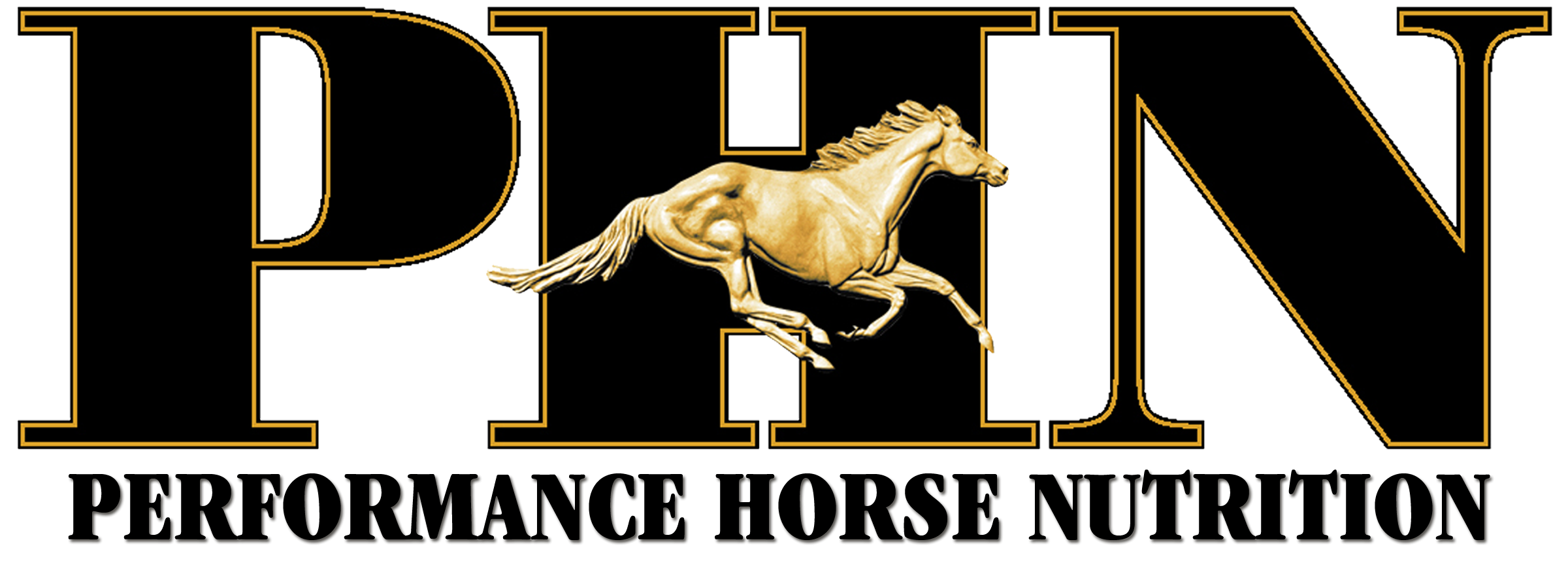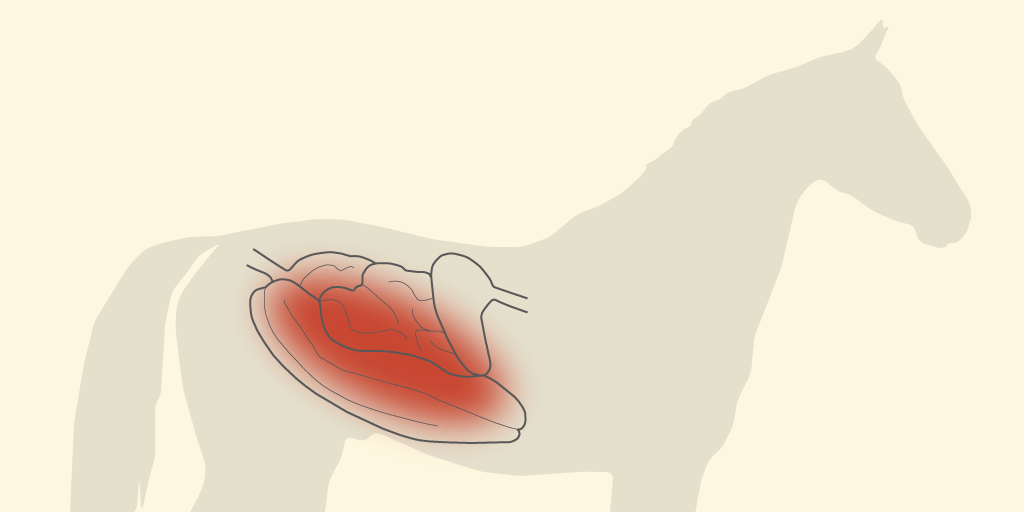NUTRITION AND MANAGEMENT RELATED
COLIC IN HORSES

Written by
Dr. Stephen Duren & Dr. Tania Cubitt – Performance Horse Nutrition
The term “colic” strikes fear among horse owners. Colic is a generic term that refers to abdominal pain that can result from many different causes. Among domesticated horses, colic is a major cause of premature death. The incidence of colic in the general horse population has been estimated between 10 and 11% per year. In a recent study, colic was second only to old-age as the leading cause of death in horses.
Most colic problems involve the gastrointestinal tract. Colic symptoms have been associated with composition of diet, changes in diet, feeding practices, exercise patterns, housing and inappropriate parasite control programs. With nutrition related disorders being the top 3 causes of colic in otherwise healthy horses, we should consider carefully our horses feeding program.
Composition of the Diet
Carbohydrates are the primary source of energy in the diet of horses. Horses evolved to digest forages high in structural carbohydrates (fiber) through bacterial fermentation in a highly developed large intestine. However, the energy needs of performance horses, pregnant and lactating mares and even young, growing horses are higher than the calories supplied by a forage only diet. To meet this increased energy demand, horses are commonly fed more energy dense feedstuffs such as grain concentrates. Grain is rich in starch and sugar, and unlike forage it is digested with enzymes secreted in the small intestine. Surveys have indicated that horses fed large single grain meals, or large volumes of grain throughout the day are more likely to colic with the primary cause due to the limited capacity of the small intestine to digest grain.
Research has shown that small volumes of grain (starch) are digested at a rate of approximately 80 % in the small intestine. If the amount of starch is increased then the small intestine becomes overwhelmed and the excess starch flows into the hindgut where it upsets the microbial population and decreases the pH resulting in hindgut disruptions and colic. No more than 4-5 lbs of grain should be fed in a single meal to a 1000 lb horse.
Dietary Changes
An association between feeding practices and disturbances in gut function has long been recognized. Studies have shown that dietary changes, particularly a change in amount of grain fed contributes to an increased risk for colic. Research has also listed changes in batch of hay or type of hay as potential risks for colic. Therefore all dietary changes should be made gradually over a 2-week adjustment period. An abrupt change in type of forage fed or an increase in the amount of grain will result in an increased rate of fermentation and noticeable changes in the microbial population, and acidity in the hind gut. With a sudden increase in grain, a portion of the sugar and starch passes into the cecum undigested, where it causes gastric disturbances. These disturbances to the hindgut environment put the horse at greater risk for colic, diarrhea, and laminitis.
Situations to avoid include:
- a sudden introduction to grain feeding or an abrupt increase in the amount of grain concentrate; (2)
- the feeding of large grain meals that overwhelm the capacity of the small intestine; and
- rapid changes in the amount, batch or type of hay being fed.
Housing, Management and Exercise
Housing conditions can influence the risk for colic: horses maintained outside all year long are less susceptible to colic than horses living indoors. Horses that live indoors typically get less exercise and are more likely to accumulate gas within their digestive system compared to horses freely exercising outside. Further, a change in housing is often associated with a change in diet further influencing the likelihood of colic. No association has been found between colic and the type of bedding. However, impaction colic can occur if horses are bedded on straw and consume large volumes of this non-digestible fiber when not given free access to a more digestible fiber source (e.g. hay, forage cubes etc.). Any large changes in exercise pattern can cause stress to the animal and bring about colic. When starting a horses training program or bringing them back into work after a break make sure all changes in their exercise pro- gram are done gradually.
Horses that fall into high-risk categories, such as stabled horses in intense training and fit horses recently injured, should be monitored particularly closely. Horses should be allowed as much turnout as possible and owners should maintain a regular feeding schedule. Constant access to an abundant source of clean fresh water is imperative to the avoidance of colic. Care should be taken not to feed moldy or spoiled grain or hay. As with the diet make any housing, management and exercise changes gradually.

